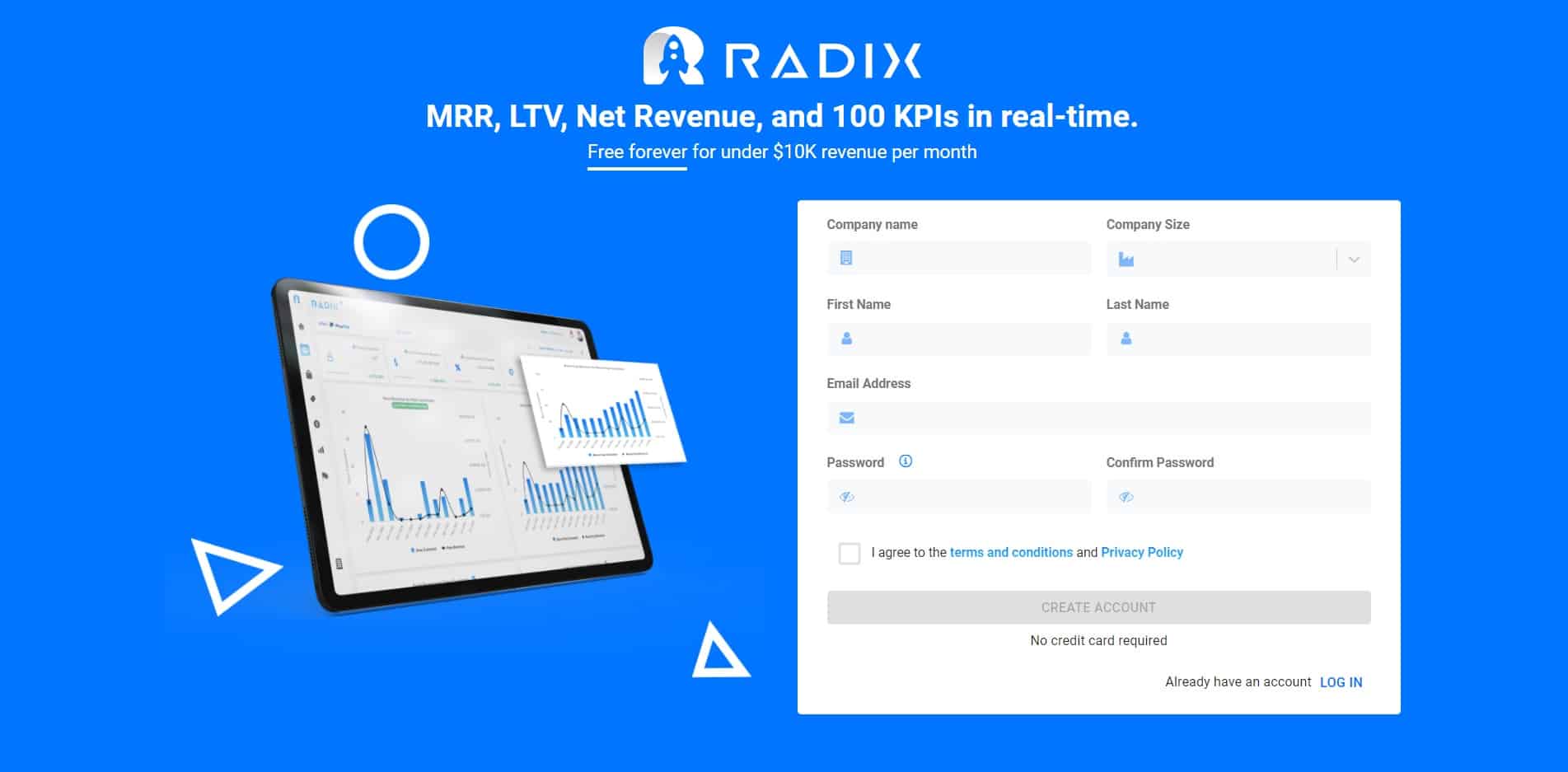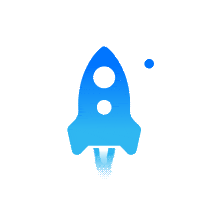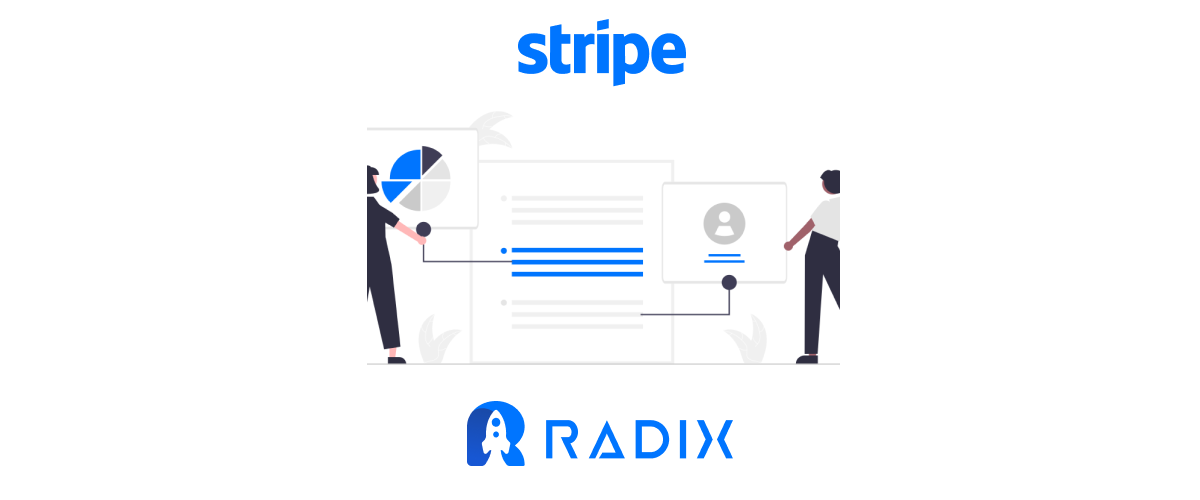The Customer Churn metric is extremely important because it helps us gauge how often our customers continue to use our services. The lower the churn rate, the higher you can expect your renewal rate to be. A high renewal rate results in stable profits as long as you are healthy with your lifetime value.
There is no more important metric for a SaaS business to monitor than churn: the rate at which customers leave your service and take their subscription dollars away. Churn may be fueled by a variety of factors, and even minor month-to-month changes in churn % can be terrible for planning, so understanding what churn is and how to measure it is critical. Here we are going to explain a little more about churn analysis.
Customer Churn is one of the biggest challenges most SaaS businesses face. The SaaS market is extremely lucrative, but it is not easy to reach profitability. This is why churn analysis includes a lot of questions that every company needs to ask itself in order to clarify its strategy and approaches towards retention, customer service, and new customer acquisition.
Customer Churn Analysis
Churn Analysis is the measurement of customers who terminate their Saas (Software-as-a-Service) solutions. The process helps business owners understand their existing and prospective customer base in order to gain valuable insights for improvement or adoption of new services. Despite the temptation to look away from those churning customers, churn analysis is something you must absolutely do. It’s a major part of understanding your business model and making adjustments when needed.
The following equation can be used to estimate Customer Churn:
Customer Churn = (Customers Lost During the Month ÷ Total Customers at the Start of the Month) × 100
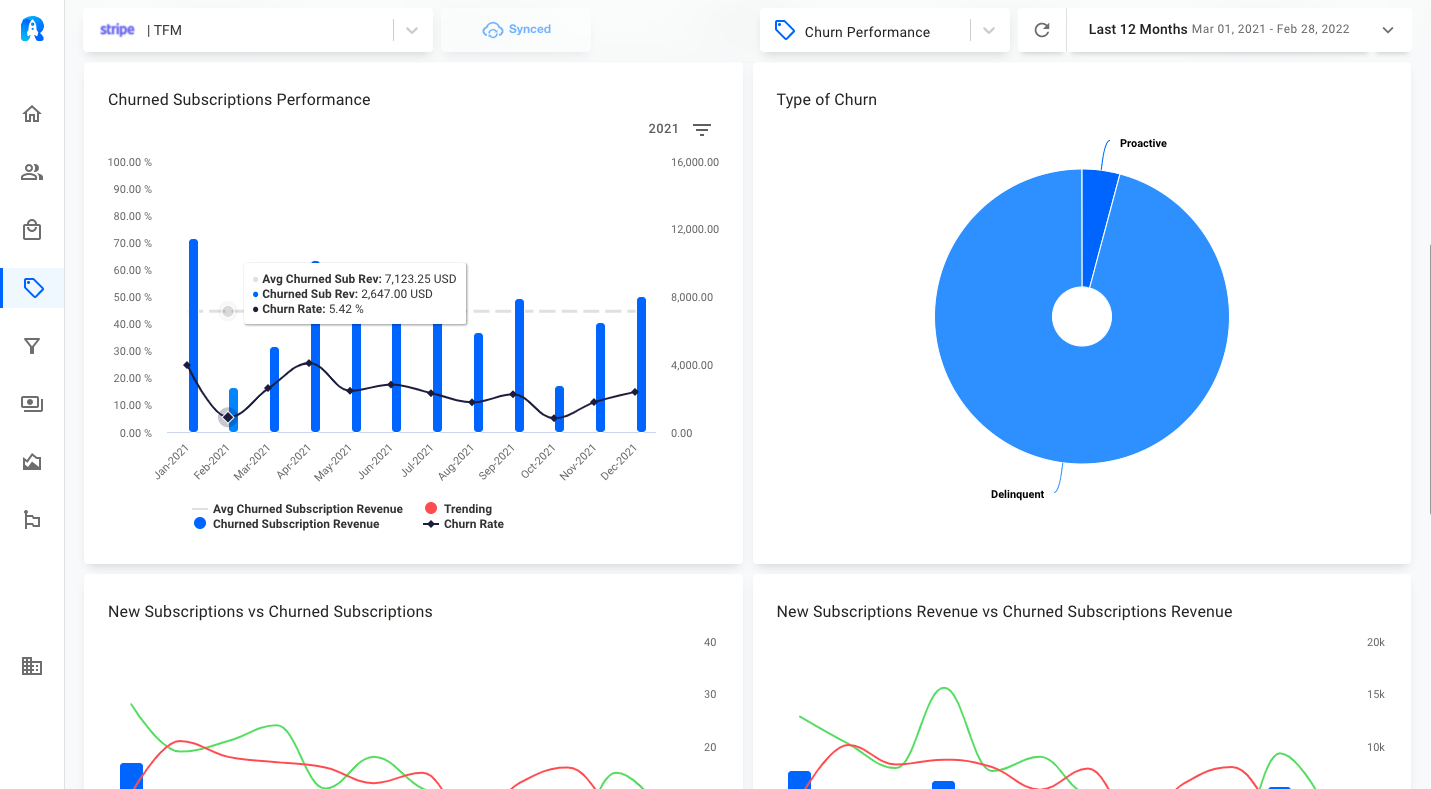
Why is Customer Churn Analysis Important?
The importance of churn analysis on SaaS is to determine at what stage customers are going to churn and why? Churn probability and customer lifetime value play important role in SaaS business, and when these two variables are considered by a company, the overall profit from subscriptions increases tremendously.
In SaaS business, if you have churned customers, you can lose a lot of money. It is because it is really expensive to acquire new customers. So it is really important to reduce the churn rate.
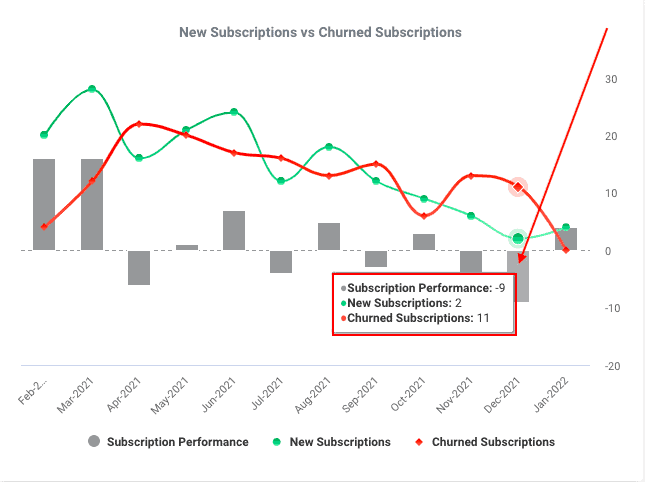
Reasons Why Customer Churn Occur
Customer churn comes in many forms: customers who complain about service and who might or might not leave, customers who leave you for competitors, and customers who simply stop buying from you. It’s the one thing that can destroy your business if you’re not paying attention.
The moment you know customer churn has happened is when it’s too late. Identifying the signs and understanding the contributing factors are crucial to retention and at the same time choosing the most appropriate retention initiatives is essential.
That is why understanding churn analysis is critical. Understanding the many causes of customer churn is a critical first step in addressing and lowering your rate.
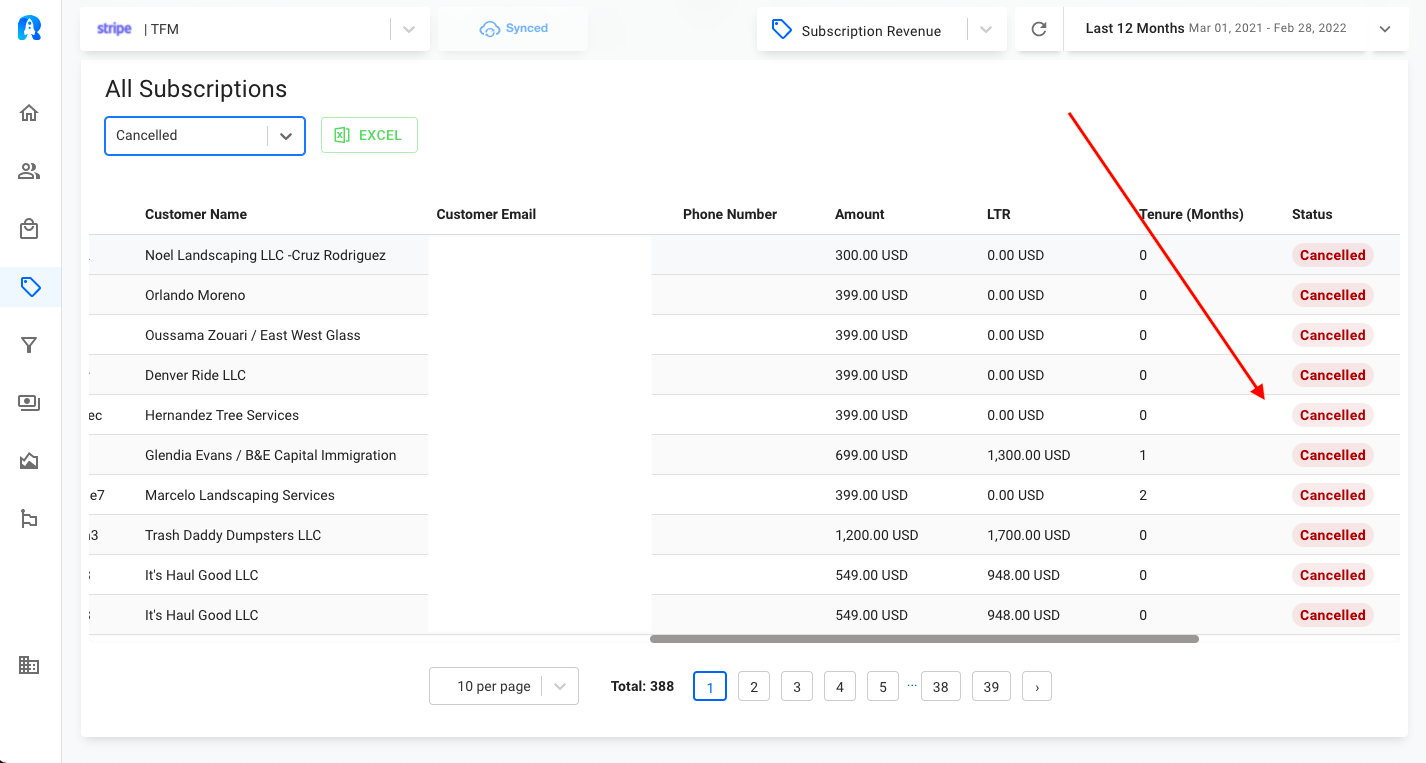
-
Canceled Subscriptions
Canceled subscriptions are generally the first type of churn that comes to mind, and they might be prompted by a variety of factors.
Poor Customer Fit
Selling your product to the incorrect kind of customer might result in them churning soon after signing up, therefore invalidating the cost of the resources spent to acquire them.
Lacking Functionalities
Customers may request additional features for your product as their needs change.
Poor Onboarding
Customers that do not obtain what they need from your product will almost surely churn. If the client could have obtained what they wanted from your offering but didn’t, this type of churn reflects a particularly awful loss of opportunity. Poor onboarding or a poorly designed setup procedure is often to cause.
-
Change to a Competitor
Your company is especially vulnerable to this type of churn if it is not adequately tuned in to your customers’ changing expectations and support requirements. More dynamic competitors will be more likely to win business from your customer base.
-
Account Closure
Even if your customer is leaving your business happy with the service you’ve provided and their requirements met, it’s still churn.
You may have done a good job, but a customer lost in this manner is still a missed opportunity and a cost that must be addressed. You’ll lose the MRR you get from them, and you’ll have to pay to replace them. Furthermore, a consumer departing after getting what they want signals that, while you’re doing a good job of providing your essential service, your product doesn’t offer a lot of repeat-use value.
You may reduce churn by growing your product line or enhancing the repeat-use value of your solutions.
-
Delinquent Churn
Customers whose credit cards were canceled because they were maxed out, canceled because they were no longer valid (probably because they were stolen), or frozen when used overseas.
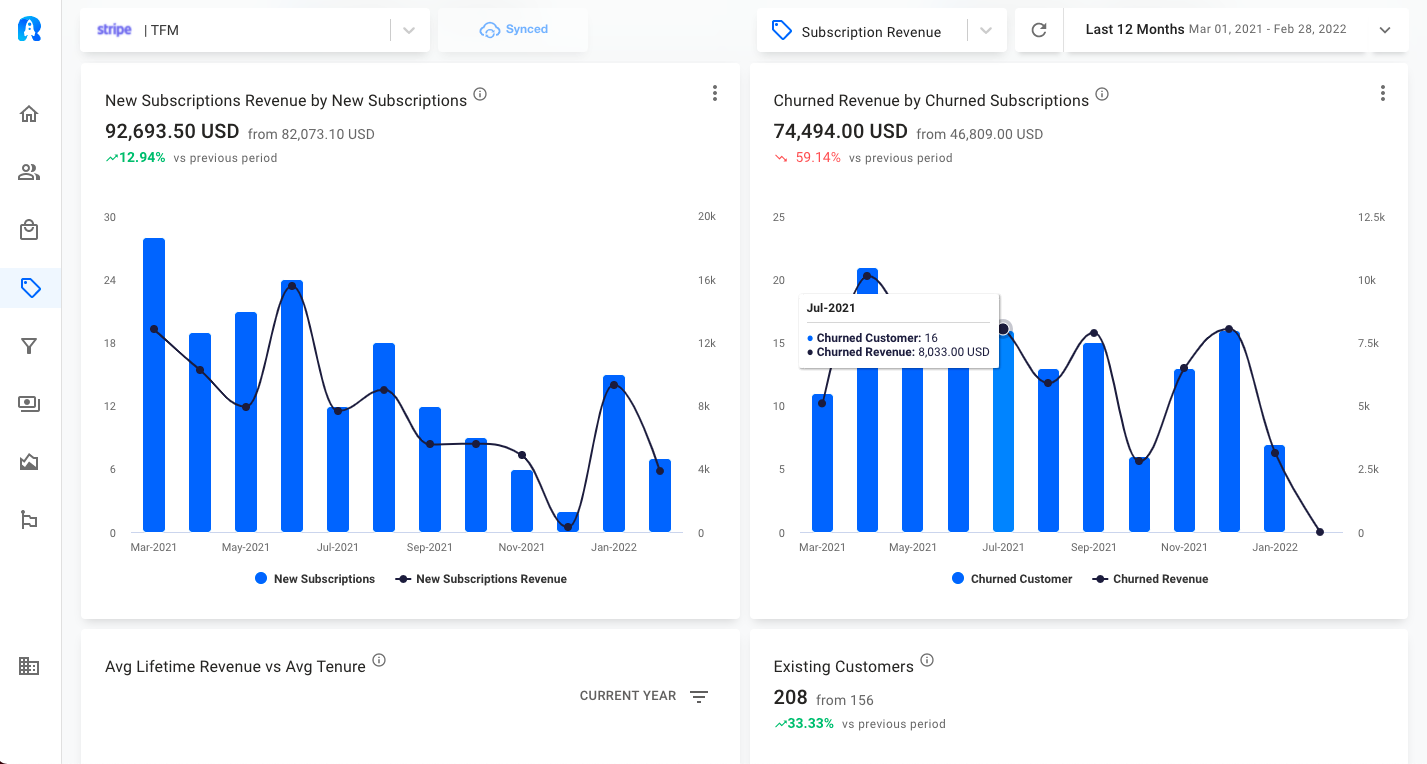
How to avoid Customer Churn from Happening
-
Identify and sign up the appropriate customers
If your product has a wide appeal, establishing numerous individual ICPs is preferable to one broad ICP. You may reduce your churn rate before your customer ever signs up by refining an ICP and targeting just prospects that fit this profile.
Because only the proper customers will be able to get the most out of your products. Customers will stay subscribing as long as they benefit from your software.
-
Pursue active engagement
From the minute you receive a lead, you should use every tool at your disposal to urge users to incorporate your product into their business operations.
During the free trial time, begin sending emails to prospective clients highlighting unique features, explaining how to use your platform, and encouraging them to return to your website to test the tools.
By encouraging your customers to use the capabilities of your SaaS product to their maximum potential early and frequently, you can ensure that they are getting the most out of your product.
-
Keep track of your customers’ behavior
This data enables you to determine which features your users find the most essential.
Your marketing, sales, and customer success teams should communicate with your customers frequently, persuading them to use your platform.
Your data analytics and development teams should be monitoring and mapping out how users engage with your platform in the meantime.
This helps your development teams in optimizing the most heavily utilized elements of the platform.
This is an extremely useful feedback loop:
- You keep track of how customers interact with your platform.
- Then, you continue to improve the platform in response to market requests.
- Finally, you then go on to sell to a demographic that requires those features (specific ICPs).
-
Maintain a record of payment details
Some customers may recognize that your offering is simply not for them and will depart.
However, some customers Involuntary churn. Involuntary churn happens when a user leaves your platform without their consent due to another issue, such as a credit card payment failure.
Keeping an eye on unopened credit card data via update emails might help recognize customers who are in danger of churn. You may then use additional techniques to get people to return to actively using your service.
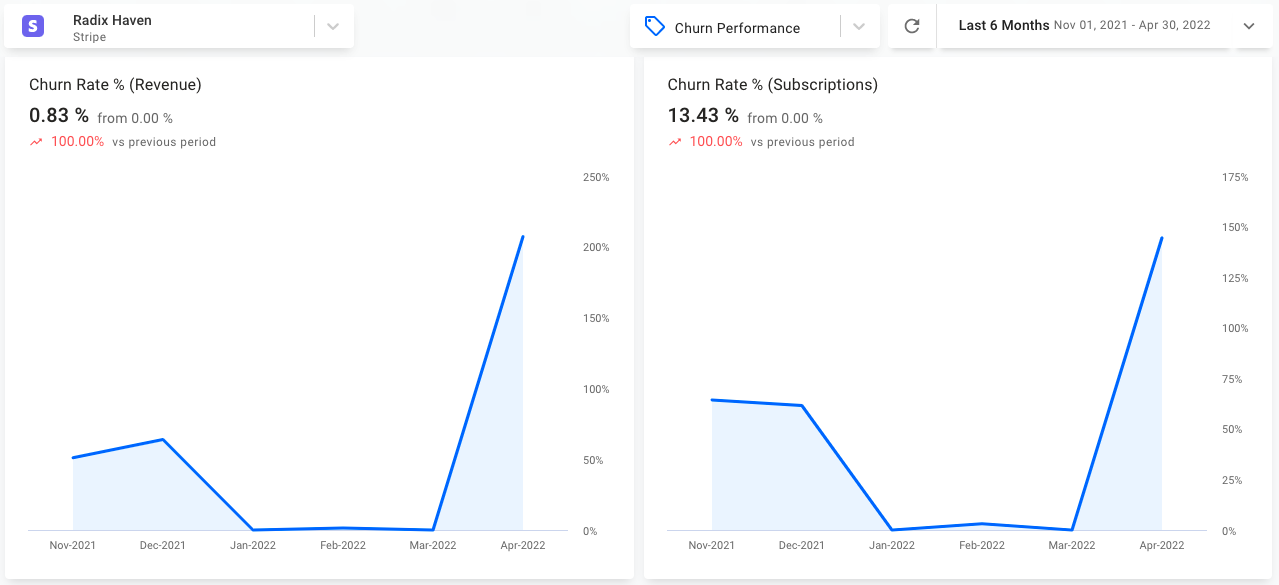
Why you need to Track and Analyze Customer Churn
Churn is a tremendously relevant metric in the SaaS industry. It is the criteria by which all companies, new and old, live or die. Permitting your churn rate to rising might lead to several other complications.
- Churn Results In A Higher CAC And Lower Revenue
Churn results in a higher CAC and lower revenue. That’s right, churn is more expensive than acquiring a new customer.
- Churn may be reduced by analyzing it
Although you may try to outrun churn by focusing on acquiring new customers, you can only actively minimize churn by focusing on the areas where you are losing customers.
Use Radix to do this!
Customer Churn Analysis with Radix
Radix is a new way to understand churn data. Radix breaks down churn data into different dimensions, allowing you to segment and visualize your customers with clarity you never had before.
With our platform you will be able to:
- Analyze Customer behavioral patterns
It’s unusual that your business will just serve one kind of customer. Diverse customers have different needs, which translate into different behavioral patterns. Here is when churned heat map analysis comes into play. Radix tracks client cohorts over time as follows:
- Segment Customers
Have you ever wished that you could identify and categorize your customers easily? You know, put them in clear boxes so that you can understand them on a deeper level. If yes, then it’s time to look at the power of Radix.
- Predict your business churn
A good solution will be able to forecast the most likely causes of churn and alert any customers who are at danger.
You are the CEO of your company. It’s up to you to keep track of your business’s health. But there are a lot of big numbers flying around, and it can be hard to make sense of them. Understanding things like Monthly Recurring Revenue (MRR), Annual Recurring Revenue (ARR), and Average Revenue per User (ARPU) will help you put everything in perspective and make smart financial decisions. Choosing a solution like Radix is the best decision you will ever make.
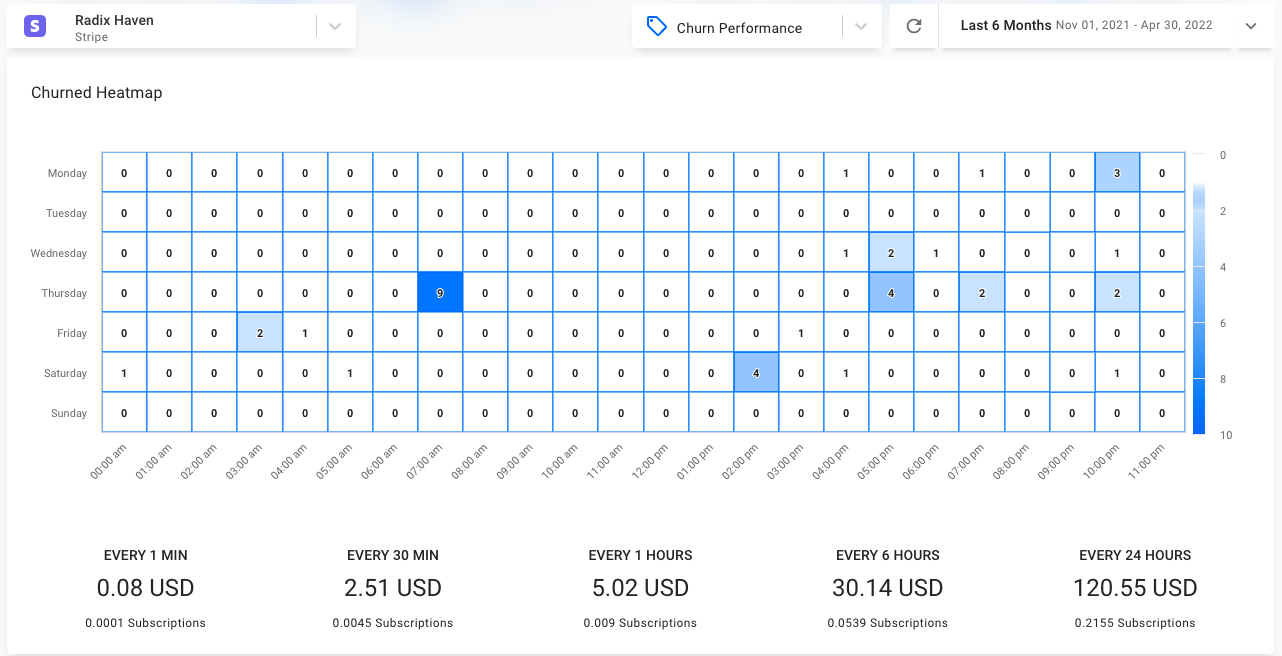
Sign Up Here !
